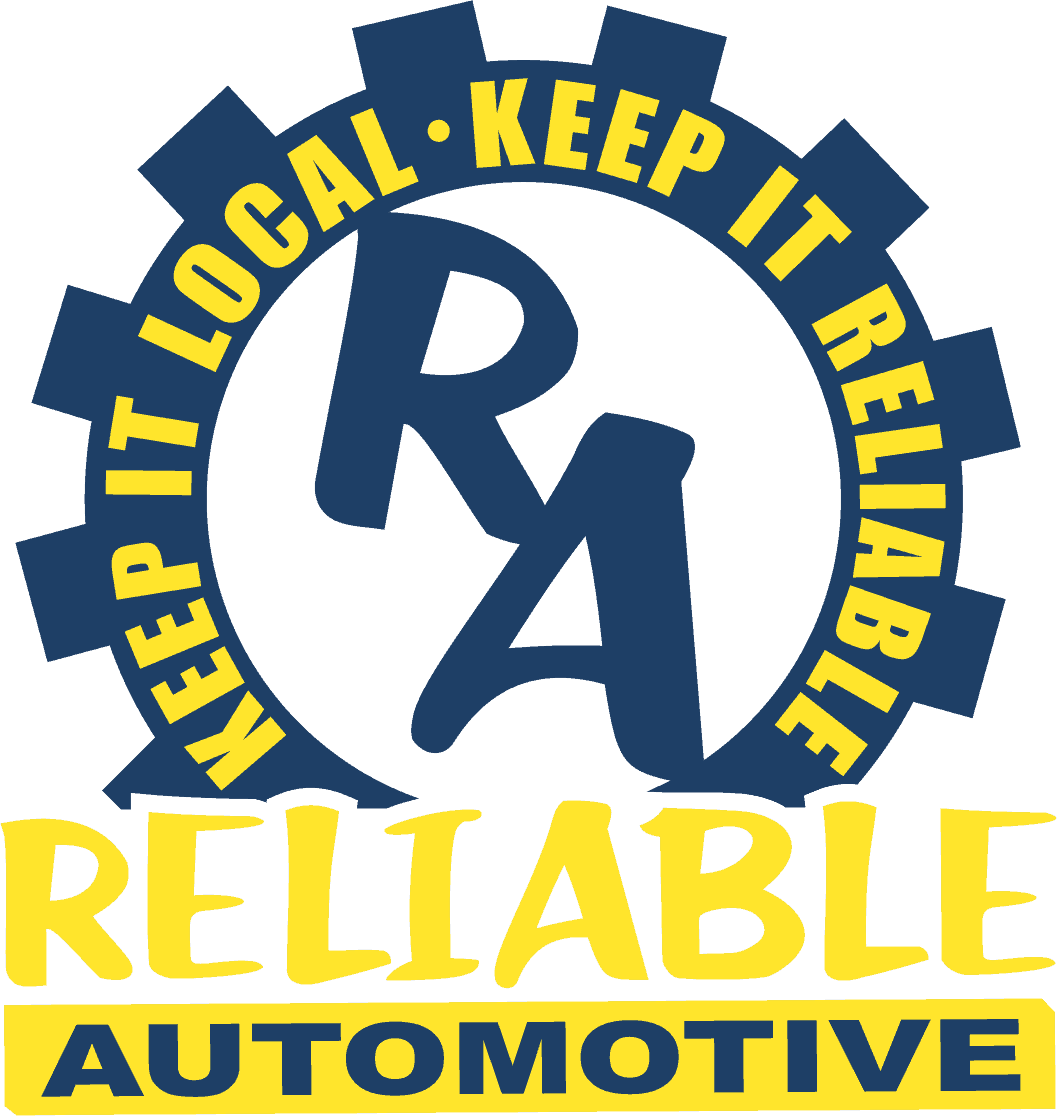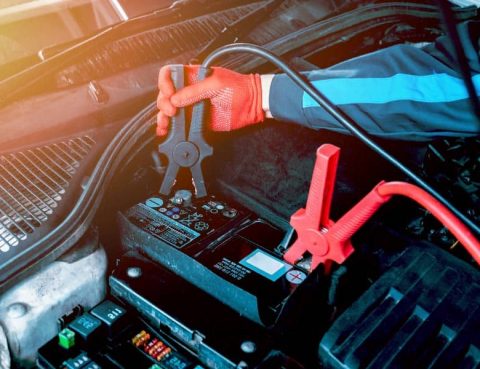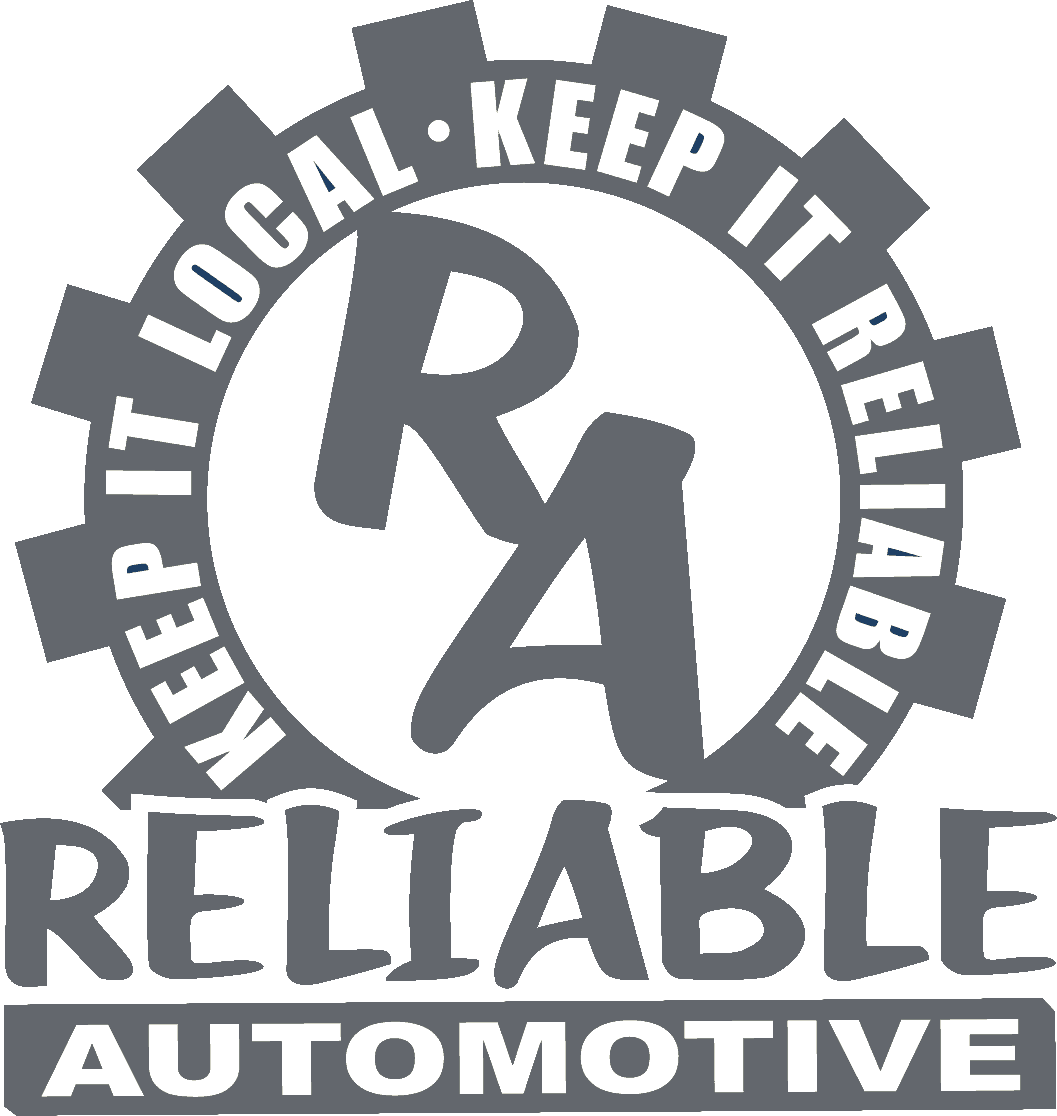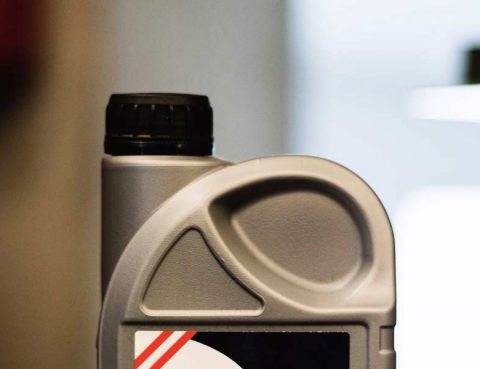
A Little Viscosity Goes a Long Way If you’ve ever gotten an oil change, you may have heard the terms “full synthetic” or “synthetic blend” thrown around. Despite how familiar these terms may sound, many drivers aren’t always so sure about the viscosity of their oil. Whether you drive an SUV, sports car, a hybrid,…
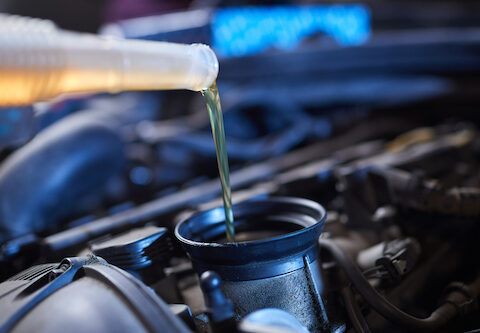
Though some car services are more affordable than others, this type of repair is rarely cheap — and few automotive problems cost more to fix than an engine seizure. Once your engine seizes up, you’ll almost certainly have to spend thousands of dollars (or even tens of thousands of dollars) in order to replace or…
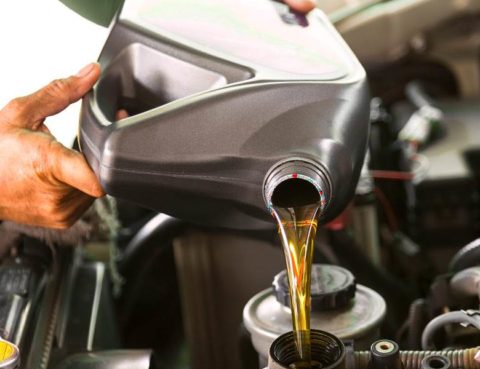
No matter what kind of car or truck you drive, there’s no avoiding your need for oil changes. Fresh motor oil handles all sorts of essential tasks in your vehicle, from cleaning its engine to managing heat and lubricating moving parts. When this oil becomes dirty, you’ll need to set up an oil change to…
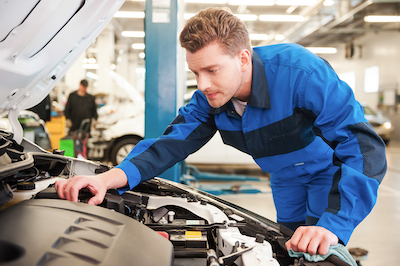
Car owners often deal with unexpected troubles that could have been avoided with preventative car maintenance. These issues not only lead to costly repairs, but they can also shorten the lifespan of your vehicle. The key to prolonging your car’s life is understanding why preventative car maintenance is necessary and knowing what it takes to…
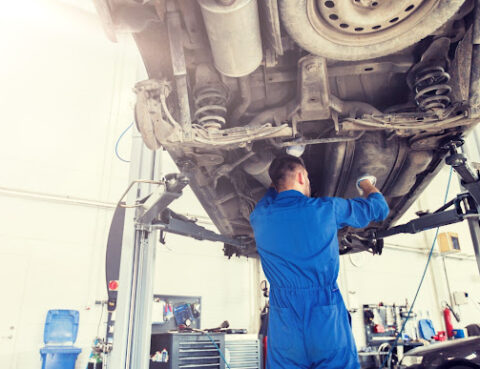
Are you a new driver in San Marcos, Kyle, Buda, or any other Hays County, TX community? If so, there’s a good chance you feel intimidated by the very idea of auto repair. Vehicles need all kinds of repair and maintenance services to keep running smoothly, and it’s not like your car came with a…

Many people have been distracted by a cell phones and driving, leading to many accidents. During this article, I will be discussing helpful safe driving suggestions for young adults and new drivers. These tips are easy to follow and should make getting from point A to point B safer. At first glance, some of these…
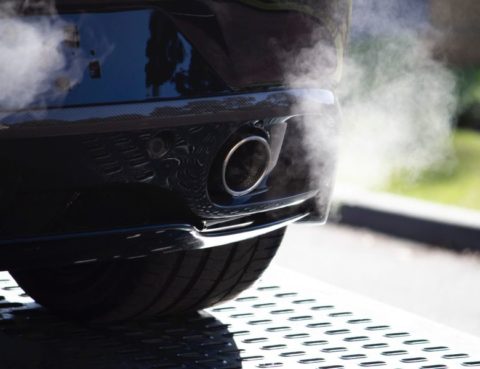
If you see smoke coming from your exhaust, you may panic and fear the car is on fire. However, this is not nearly as disastrous as it sounds. It often just means that the car is polluting faster than it can expel the exhaust out of the tailpipe. You may have heard horror stories about…
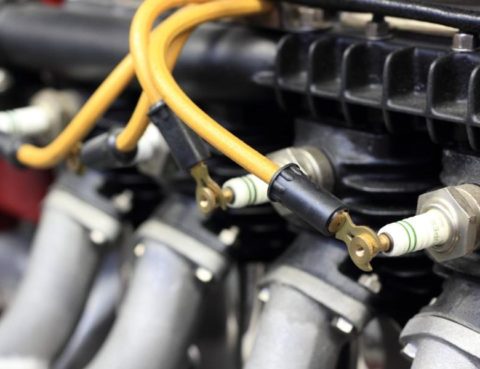
Your car has an engine, and your engine is made up of many parts. One of these parts is the spark plug. You probably know that spark plugs create a spark in an engine so gas can travel through the cylinders and into the combustion chamber. When you turn on your machine, a small flame…
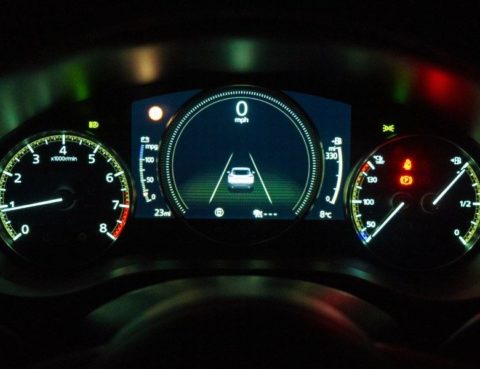
The Hydraulic Antilock Brake System, commonly referred to as ABS, was designed to protect the driver from lockup. Higher speeds may cause loss of steering control and vehicle instability, thus necessitating a need for the ABS. What is an Anti-Lock Brake System? When a car stops, the anti-lock brake system pumps hydraulic fluid to the…
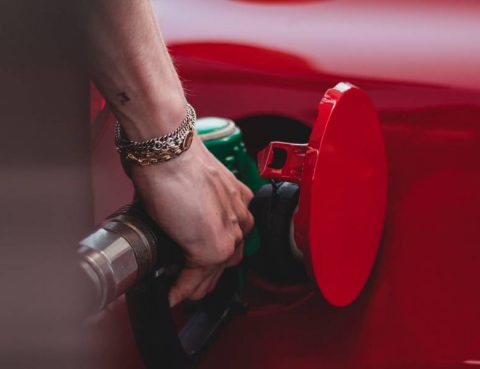
With gas prices on the rise across the globe, people have needed to find ways to cope with this challenge while maintaining the same convenience of private transportation as always. One way that this challenge may be combated is by finding ways to ensure that the fuel in your tank lasts longer. Below are a…
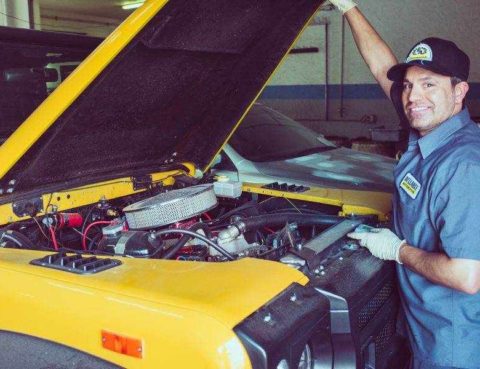
The performance, safety, and fuel efficiency of a vehicle depend on the condition of the integral components, particularly the engine. Routine car maintenance reduces the probability of a breakdown by ensuring that the parts are in optimal working condition. Auto maintenance and repairs require mechanical expertise; hence, the need to find a reliable auto repair…

Like most people, you probably switch wipers on and off as needed. But is this the best way to clean your windshield? And what about the wipers themselves? Are they worth the hassle? There is no definitive answer to how often to replace windshield wipers, as it depends on various factors, including driving habits and…

Your car may be a representation of what kind of a person you are, but don’t let that mentality get into your head next time you look for a new car. Many car owners feel good when they first make a new vehicle purchase, but they soon realize that it does not serve them how…

If your car isn’t running right, it can be tough to know where to start looking for the problem. It’s even more difficult if you don’t have a lot of car experience. This blog post will give you a few tips on where to start when trying to diagnose problems with your vehicle. 1. Leaks…

If you’re looking to modify your car, Texas is a great place to do it. There are plenty of legal options for car modification here, and you can find everything from simple mods like tinting your windows to more complex ones like changing the engine. This blog post will discuss some of the most popular…
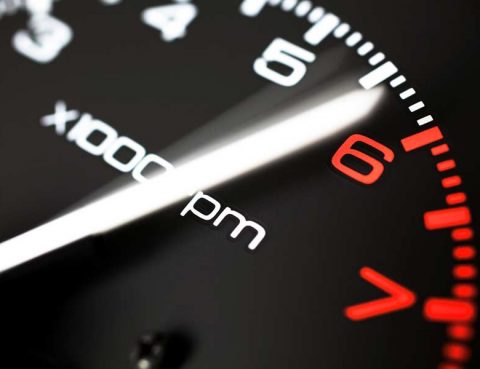
After starting your car, the valves in its engine move, thus turning the shaft. A revolution is a complete turning of the crankshaft, and RPM is the number of times the crankshaft rotates in a single minute. Vehicles with higher RPMs require more fuel, making the engine overwork. If your car has an internal problem…
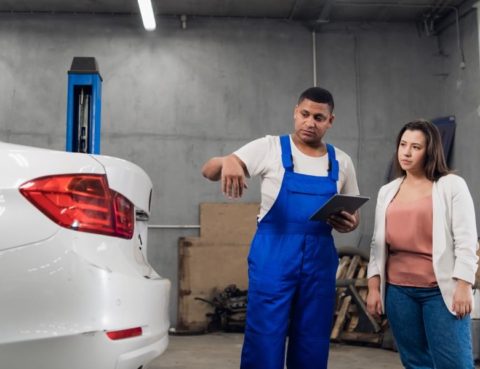
Purchasing a new car can be exciting. Before you buy a new or used car, there are a few things you need to research first. One of those things is a warranty. It covers necessary repairs and other various things that may go out in the first few years you have the car. You can…

Most drivers see a cracked or chipped windshield as minor auto glass damage that may not need a repair. But despite how small or big the crack or chip is, you should never ignore it. A chipped windshield is not just a cosmetic imperfection. Chipped or cracked windshields can be a safety hazard to you…
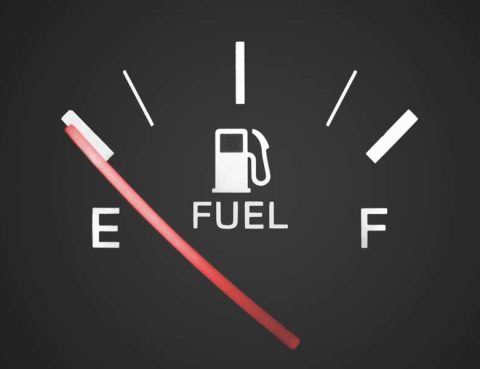
We all know that we can’t drive forever on empty, but how long is too long before you need to stop and refuel? Factors such as vehicle weight, altitude, and temperature can all affect your gas tank. Learning about things that can impact your empty drive distance will be paramount if you want to avoid…
